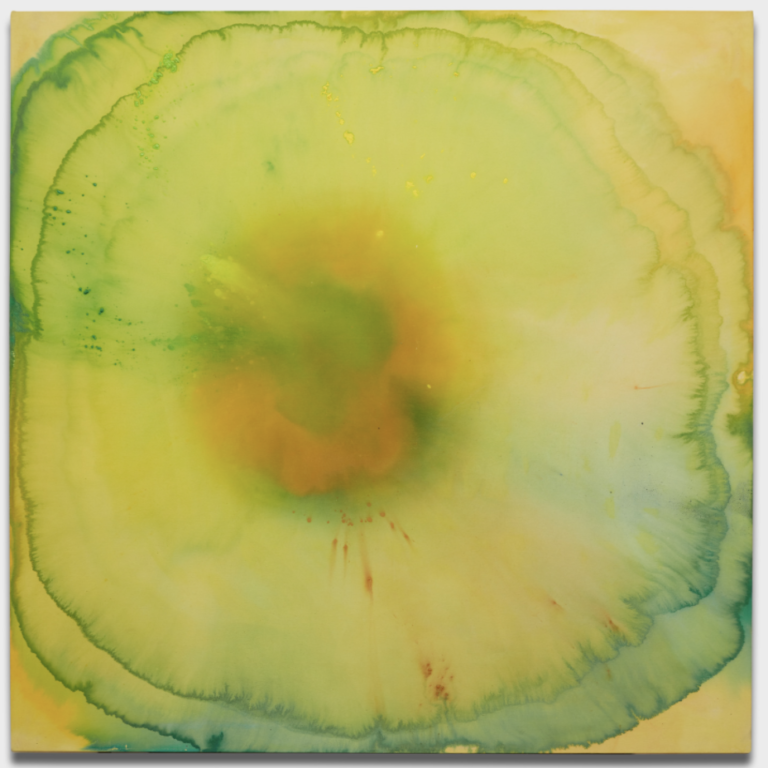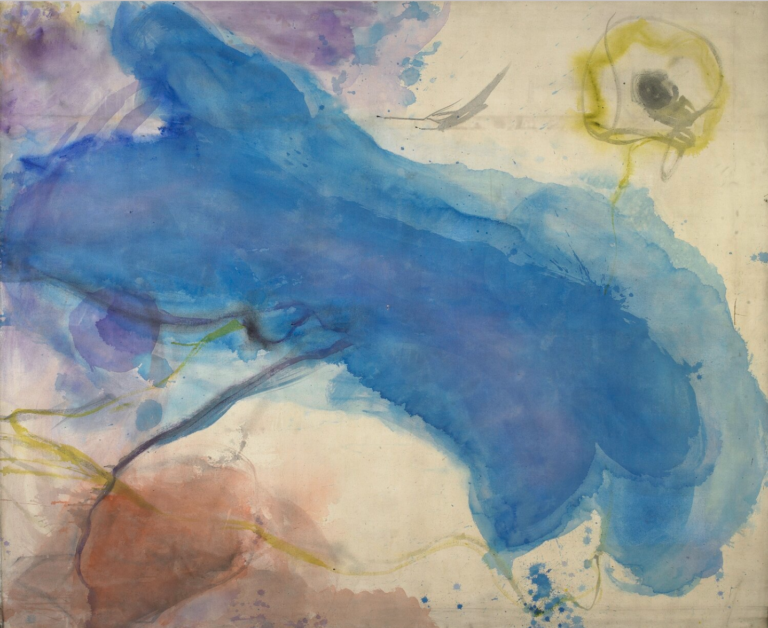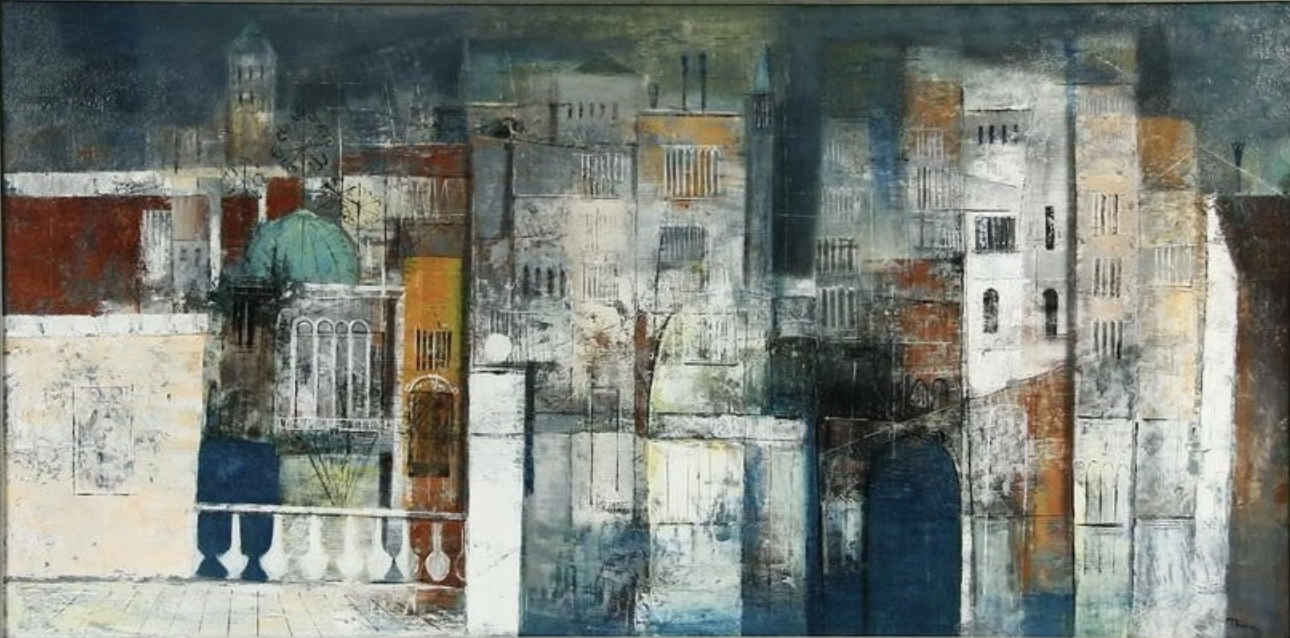







Vivian Springford
1913 - 2003
Early life and art training
Born in Milwaukee, Vivian Springford’s family moved to Detroit in 1926 and then to New York in 1930. In New York, she and her sister attended the Spence School. Her family was part of the upper echelon of New York society, and Springford debuted in 1932.
The same year Springford had her debut, she enrolled at the Art Students League (she would continue to attend classes there off and on for 14 years). Her principle teachers were Robert Brackman (1898-1980) and Jon Corbino (1905-1964). Like them, she adopted a relatively realist style, painting figures, landscapes, and interiors during her student years. In the 1930s and 40s, she also served as a commercial illustrator, producing portraits of actresses and socialites for New York newspapers and illustrations for books.
A turn to abstraction
Her work took a different turn in the 1950s. In accordance with the ethos of the time, she began to work mostly in abstraction. Her signature paintings, which would come to feature circular bursts of color on square canvases, had their start in calligraphic works. They emphasized gesture, dripping, and splattering and, as such, bore a resemblance to Abstract Expressionist works of art.
Yet, Springford maintained that it was East Asian art and culture, Chinese calligraphy, Taoism and Confucianism that inspired her abstract work (which was the first body of work she showed professionally in solo exhibitions). In particular, she credited the Chinese-American painter Walasse Ting (1929-2010), whom she met in the mid-1950s, as having served an important role in its development.
Vision loss and obscurity
Despite the beauty of the culminating work of Springford’s career, her “stain paintings” from the 1960s to 1980s, she experienced limited success during her lifetime. By the 1980s, she had fallen into obscurity. Among other things, she had developed macular dystrophy, an inherited form of macular degeneration. Unlike many other artists, she gave up painting when she became blind. She also rarely left her apartment, and for the last thirty years of her life lived as a recluse.
Her career was resuscitated in 1993 when Kirk McAfee, a volunteer for the United Neighbors of the East Side (an organization that assists elderly “shut ins”) began visiting Springford on a weekly basis. She told McAfee about her past life as an artist and took him to a storage locker filled with her work. McAfee then worked on her behalf on a series of Springford exhibitions at Gary Snyder Fine art from the late 1990s to late 2000s. Almine Rech Gallery represents her estate.












